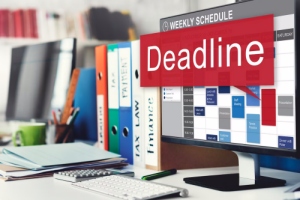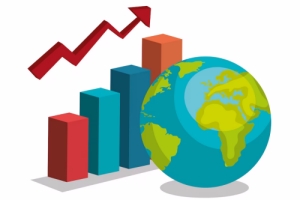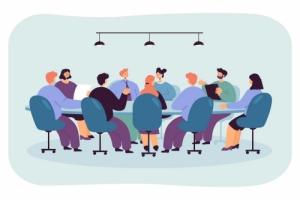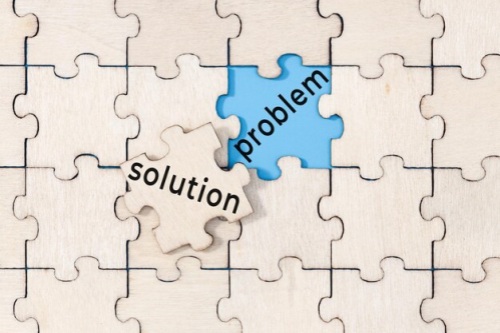Affinity Diagrams
When you are trying to improve a process or solve a problem, and there are lots of different ideas on the table, it’s easy to feel overwhelmed. How are you supposed to spot the important details, pick out key themes, or know where to direct your energy?
Affinity diagrams can help. They’re a simple way to organize all the ideas in front of you, so that you can make sense of them, and then use them to draw up a plan of action.
There are four steps to using affinity diagrams. First, write down every idea you’ve got onto separate sticky notes. Check you’ve captured all the key points. Then stick the notes onto a table or wall. Don’t worry about organizing the information at this stage. You’ll do that next. As an example, let’s say your customer refunds are too high and you wanna do something about it. After brainstorming the problem, your sticky notes might look like this.
Next, sort your ideas into themes. Start small. Look for just two ideas that are similar or connected in some way, and group them together. Then, look for another two ideas that relate to one another and so on. After that, you can combine your small groups into larger ones, gathering similar ideas by theme. And if any ideas don’t link with others, just let them stand alone. You might end up with something like this.
Now, it’s time to title each group of ideas to reflect the main theme. Come up with a short description, write this onto a new sticky note, and place it at the top of the group that it describes. If there are any standalone ideas it’s fine to give them a title of their own. Your affinity diagram about reducing customer refunds might end up looking like this.
The final step is to use your affinity diagram to develop solutions. Now that all your ideas are grouped into themes, you should find it much easier to see where the main problems lie. This will help you evaluate your options and put together an action plan to improve things.
So, get started today. What problem could you solve using an affinity diagram?















